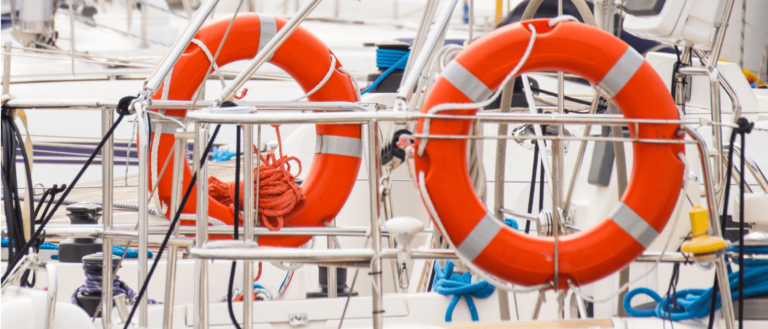Ahoy there! Whether you’re a seasoned sailor or a landlubber just getting started with boating, one thing’s for sure: you need a solid set of cleats to keep your vessel securely tied up at the dock. But don’t worry, installing boat cleats is easier than you might think – and it can even be a fun DIY project if you’re feeling handy.
So whether you’re ready to roll up your sleeves and tackle the task yourself, or you prefer to hire a professional or bribe a handy friend with a case of beer, here’s everything you need to know about how to install boat cleats on your dock.
First things first: you’ll need a few basic tools and materials. Here’s what you’ll need to get started:
- Cleats (obviously!)
- Screws, nuts, and bolts
- Drill with metal or wood drill bits
- Socket set
- Wrench or pliers
- Hammer drill (for a concrete seawall)
- Tapcon masonry screws (for a concrete seawall)
There are a few different types of cleats to choose from, each with their own unique features:
1. Horn Cleat: This is the traditional type of cleat seen on most docks. There are two “horns” on either end that keep the rope in place.
2. S-Style Cleat: This type has a wave shape that makes it easier to loop the rope around it (plus it looks cool).
3. Flip-Up Cleats: Flip-up cleats, like the name says, flip up when they’re being used. They fold down when not in use, which prevents tripping and stubbed toes. They’ve become popular in recent years both for convenience and the stubbed toe factor.
4. Solar Dock Cleats: Solar cleats are just like a traditional cleat, but there’s a light on the side or top. This is a great feature for late-night and early-morning boaters.
Once you've chosen your cleat, it's time to start installing.
Here are the steps you'll need to follow:
Step 1 : Determine the size and location of your cleats.
The size of the cleat needs to correspond to the size of the boat that will be tied up to it. If the cleat is too small, it won’t be able to securely hold the boat. The number of cleats you install on the dock depends on how big the boat is. Try to match them up with the location of the boat cleats for a customized fit. As a general rule, seven to ten feet apart is a typical distance. This way, if you rent out your private dock space, you’ll be able to accommodate a variety of boat lengths.
Step 2 : Mark the location of your cleats.
Place the cleats where you want them before drilling into the dock. That way, you can make changes without having to un-install. Having them all laid out lets you see if they’re placed in the right position on your private boat dock.
Step 3 : Install the cleats on a wooden dock.
If you have a wooden dock, use lag bolts. You can determine how long the bolt needs to be by adding the thickness of the cleat and the dock boards together. Pre-drill the holes for the screws, then attach the cleat with screws and nuts using a wrench or pliers.
Step 4 : Install the cleats on a concrete seawall.
If you have a concrete seawall, use a hammer drill to create holes for the Tapcon masonry screws. The holes should be slightly smaller in diameter than the screws. Insert the screws and tighten them using a socket set.
Step 5 : Test the cleats.
Once the cleats are installed, test them by pulling on the ropes to make sure they’re secure. Make any necessary adjustments before using them to tie up your boat.
And that’s it! With these simple steps, you’ll have a set of sturdy, reliable cleats installed on your dock in no time. Just remember to choose the right type of cleat for your needs, and follow the installation steps carefully. With a little bit of DIY know-how, you’ll be ready to set sail and enjoy a day on the water without any worries about your boat coming loose from the dock.
How to video by Kelly Concepts:
Video Copyright © Kelly Concepts on Youtube



